29 May EOS R5 Announcement
Notice: Trying to access array offset on value of type bool in /var/www/wp-content/plugins/bridge-core/modules/shortcodes/shortcode-elements/_social-share/templates/social-share.php on line 124
EOS R5
- 20 fps electronic
- 12 fps mechanical
- IBIS
- Advanced animal detection
- Dual card slot (one CF Express)
- 8k full frame video
Canon has released more details on its latest mirrorless camera the EOS R5.
This version of camera is a higher specced version of the EOS R, which was Canon’s first step into the full-frame mirrorless cameras. With the EOS R as a wildlife photographer I found that it had a few gaps, so I found it never was able to replace my DSLRs.
The EOS R5 is more closely matched to the 5D Mark IV based on the specs that have been announced, with a few new and improved features compared to both the 5D Mark IV and the EOS R.
The two specs that I am the most excited about are the in body stabilization (IBIS) and the advanced wildlife subject tracking.
The IBIS will work with lenses that already have optical stabilization, so will have improved image stabilization while shooting hand-held. I can see the benefits of this while shooting from the zodiac at Stellar Sea Lion rock haul outs, which often requires shooting in very rough water. More image stabilization for hand-held shooting will be quite beneficial, and the Nikon shooters I know that already have it in their mirrorless camera bodies, they really like the feature, so I am excited to use it for myself…finally!
The advanced animal subject tracking is also quite an interesting new camera feature, but will be dependent on how well it is executed and how well it works. If it works as advertised where it can stay on the face and eyes of animal subjects, it could be very useful for my wildlife photography, especially if action breaks out suddenly and you lose a few seconds changing your AF point location. But again, it will depend on how well it has been executed.
The EOS R5 will shoot up to 20 frames per second while shooting in electronic shutter, and 12 frames per second in mechanical shutter. I imagine that I will most often be using mechanical shutter, given my type of shooting, but even with 12 frames per second it is more than capable of capturing wildlife action. I am going to guess that in order to get these frame rate it will require using the CF Express card slot, and may not be capable with the SD card.
Another small improvement over the EOS R is the addition of an extra card slot, with one of the card slots being CF Express. So shooters will now have less buffering (from the faster card), and will also have the added benefit of an extra card slot to either make a backup in the field, or to have overflow in case you get too excited and fill a card.
The final big feature of the EOS R5 is the ability to shoot 8k video full frame (no crop). I am not really big on video and mostly shoot it for the purposes of a quick documentary clip, and not high level production, but a lot of Canon users have been asking for this feature, so this will appeal to some users.
I am looking forward to getting my hands on this new camera and putting it to the test, and hopefully I will be able to take it on a photo tour or two this season. If you have any questions, or things you want me to test when I get my hands on one, feel free to contact me, contact@wildelements.ca.





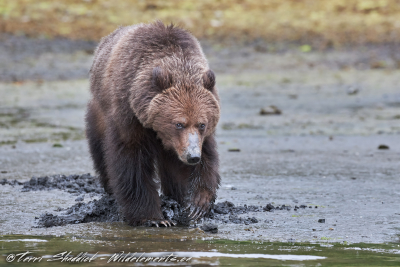
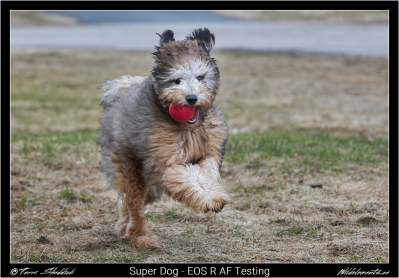
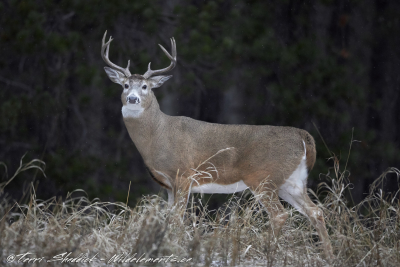
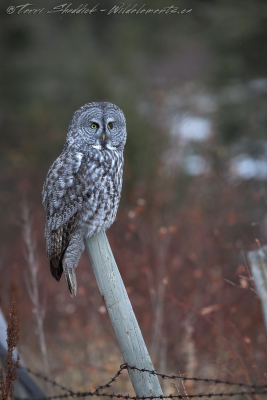
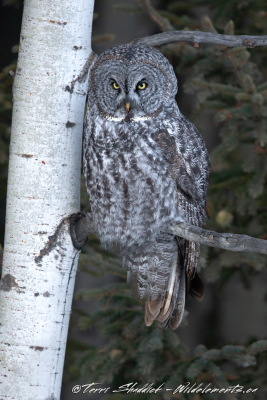
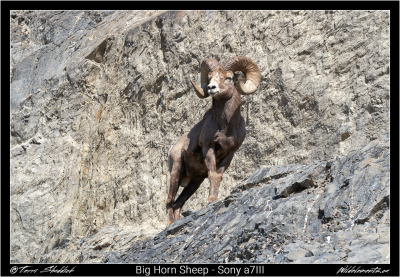 I would like to try out the Sony with the 100-400, or even the new Sony 400 f/2.8, but with the rumours of Canon releasing it’s own full frame mirrorless sometime in the future, I have limited budget that I really want to invest in the Sony system.
I would like to try out the Sony with the 100-400, or even the new Sony 400 f/2.8, but with the rumours of Canon releasing it’s own full frame mirrorless sometime in the future, I have limited budget that I really want to invest in the Sony system.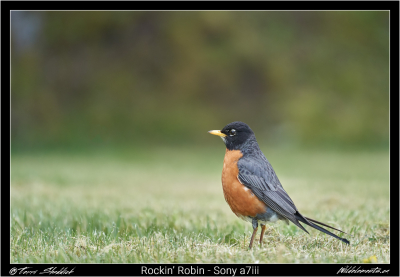 Disappointments:
Disappointments: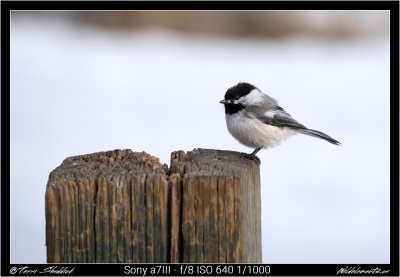 AF Points
AF Points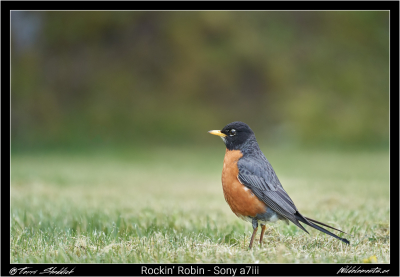 Frame-rate / buffering
Frame-rate / buffering